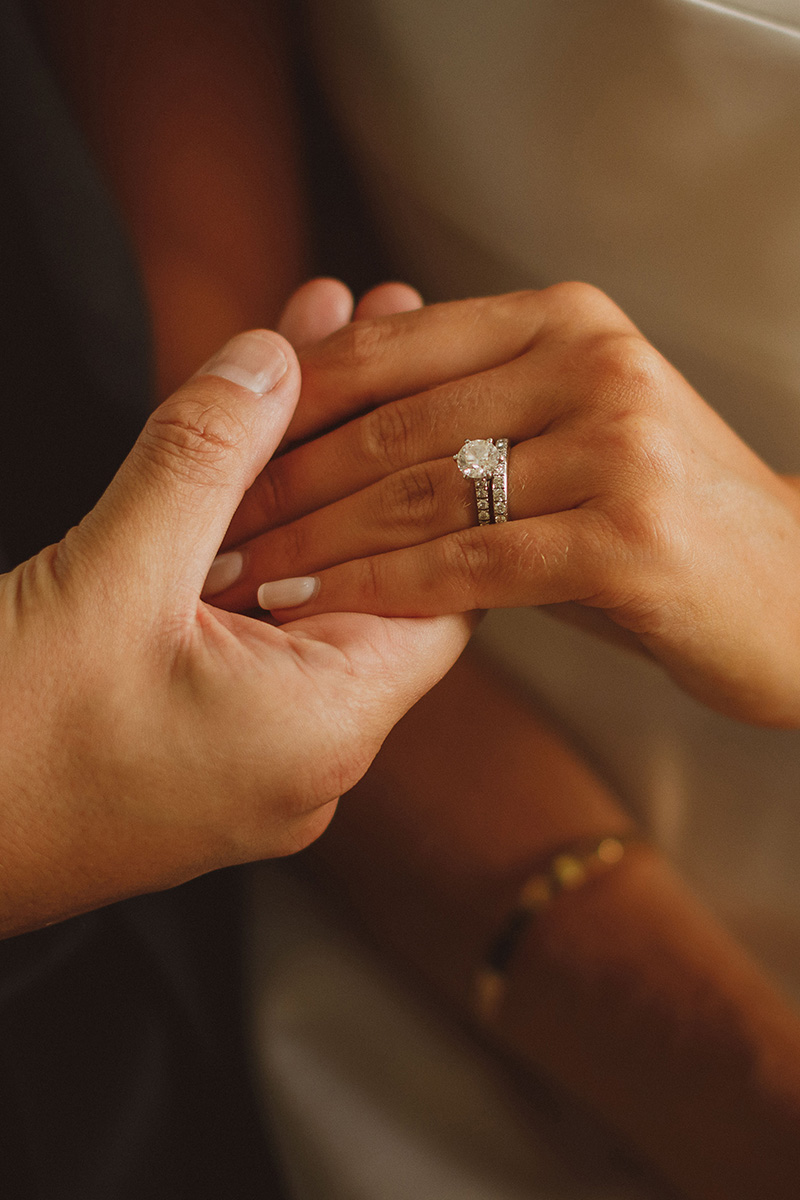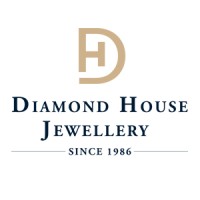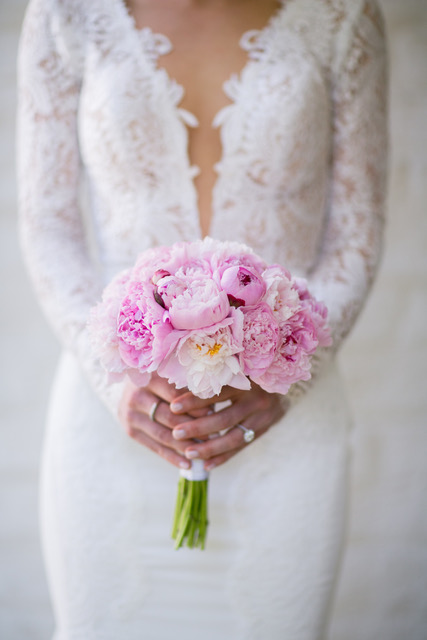There are few shapes more immediately recognizable than the heart. While some might consider heart cut diamonds to be a little cliché, those who appreciate the simultaneous rarity and universality of this unique shape, will continue to find a place for it in their jewellery collection.
Though the exact origins of this diamond cut are unclear, it’s definitely been around for a long time. As early as the 17th century French artisans and historians were making note of heart shaped diamonds amongst their portraits and inventories. In fact, examples of these stones can have even been noted in the courts of Mughal India, which just goes to show how powerful a symbol the heart shape really is.
Anatomy of a Heart-Cut Diamond
Heart cut diamonds can be found in both slimmer and more rounded silhouettes. Generally stones are cut to contain between 57-58 facets, with anywhere from 6-8 pavilion facets. Diamond cuts are generally acknowledged as one the most difficult shapes to accurately create, as a high level of skill and talent is required to create the perfectly symmetrical arches and centred tip which define the heart-cut. This might explain why it’s the second least produced diamond in the world, behind only the emerald cut.
However, sometimes the decision to create a heart-cut is taken out of the cutters hands. Often stones that contain large inclusions are shaped so that these blemishes form the central axis for the heart cut’s cleft.
Evaluating the Perfect Heart
Colour
Like most fancy shapes heart cut diamonds retain their colour very well, which means you have to opt for diamond at the very top of the colour scale to achieve that coveted colourless appearance. Thankfully many buyers are perfectly happy with the warmer tones of G-H shades, and with a yellow or rose gold setting the difference shouldn’t be too noticeable to the novice observer.
Clarity
While some modified brilliant gems excel at hiding conclusions this really isn’t a defining trait of the heart cut, which does tend to show off imperfections quite plainly. For this reason it’s generally recommended to view your stone either through a picture or in person before purchasing a heart-cut diamond. If you’re going to make a judgement based on certification, then look no lower than a VS2 grading, some SI1 grade diamonds may be adequate if they pass as eye-clean upon visual inspection.
Cut
Unfortunately due to the difficulty of producing this shape accurately, there are a lot of badly cut heart shaped diamonds on the market; for this reason it’s worth investing in a higher quality cut to ensure best results.
Particular features to look for are perfect rounded arches; a sharp distinct cleft in between and slightly curved symmetrical wings that gently taper to the point of the diamond.
Fat heart-shapes generally have a width-to-height ratio of 0.85-1.00, while narrower hearts sit at a ratio at or greater than 1.00. Experts recommend a depth in the range of 58-65% and a table of 52-64% as ideal proportions for a heart-cut stone. Stick with excellent symmetry and polish grade to ensure you get a heart cut that truly lives up to the name.
.jpg)



